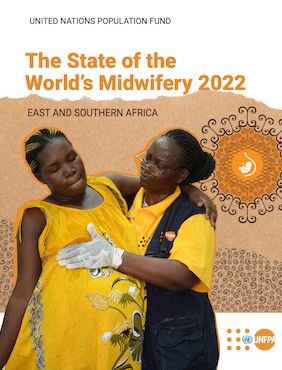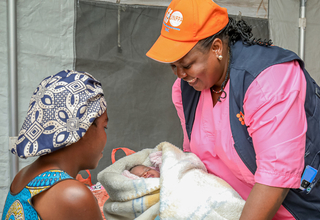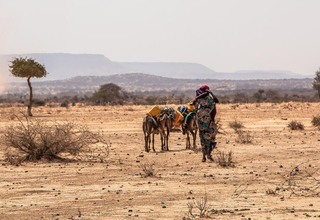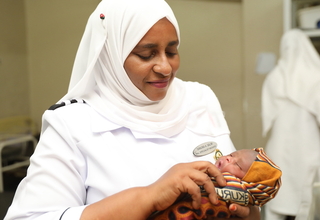Investment in the midwifery workforce has been shown to yield significant returns in terms of improved health and social outcomes. For example, a recent study concluded that universal coverage of midwife-delivered interventions would reduce mortality rates by two-thirds. In the ESA region, this translates to 1.2 million lives saved per year by 2035. There is growing recognition that creating jobs for health workers not only improves population health indicators such as mortality and morbidity rates, but also supports sustainable economic growth and progress towards the SDGs, including gender equality.
The State of the World's Midwifery: East and Southern Africa Region report calls for investment in four areas: (i) health workforce planning, management, and regulation and, in the work environment, (ii) high- quality education and training of midwives, (iii) midwife-led improvements to SRMNAH service delivery and (iv) midwifery leadership and governance. It also includes recommendations for advancing midwifery, in five main areas.
The report can help governments and their partners in the ESA region identify which areas of investment are most needed in their country contexts, and provides high-quality evidence and data that can be used to support advocacy for these investments. The data from this report and the global SoWMy 2021 report should be used to highlight the strengths, gaps and challenges affecting the midwifery workforce in the ESA region, and to encourage further investment in midwives and midwifery.




